Bibliographic Information
Course Title
Maroon Freedom: Black Resistance, Autonomy, and Fugitivity in the U.S. South
Institution Where Taught
Stanford University
Year Course Taught
2019
Semester or Date Taught
Winter
Web Address (URL)
Additional Information
Course Number
AFRICAAM117
Course Description
Maroons and their communities, or communities of those some would call ¿runawaynslaves,¿ were an ever-present feature of slaveholding societies throughout the Americas. Everywhere they existed, they proved the indomitable spirit of African people and the inherent failure of the institution of slavery. This course examines the conditions and characteristics of marronage specific to the U.S. south ¿ a site that was far from impervious to this hemispheric tradition of enslaved resistance. We will look closely at the demographic, economic, and geographic opportunities for enslaved mobility and resistance that shaped marronage in U.S. contexts. Our analysis includes marronage as it occurred in the Spanish and French colonial territories of Louisiana and Florida. The central focus will be the historical impact of marronage on enslaved and enslaver communities in the south from 1700 to 1865. Moving across space and time, this course takes a chronological, thematic, and interdisciplinary approach to investigating maroon survival, autonomy, gender, kinship, community, and the relationship between marronage and insurrection. We examine a wide range of evidence spanning periodicals, state mandates, archaeology, runaway slave advertisements, slave narratives, oral histories, and traveler¿s logs, in addition to secondary literature.
Taxonomies
RPA Codes & Standards
- Adequate Preparation for Research Projects
- Appropriate Dissemination of Research
- Archaeologist's Responsibility to the Public
CIfA Codes
Keywords & Terms
- Accountability
- Armed Conflict and Violence
- Consultation/Partnership with Affected Groups
- Equity and Representation; Discrimination and Harassment
- Public Interest, Collaboration, Education, and Outreach
- Respect for and Responsibility to Affected Groups
Topics & Issues
- Applied Archaeology
- Collaboration in Archaeology (i.e. Communities, Non-Archaeologists, etc.)
- Community Archaeology and Participatory Research
- Descendant, Resident, and Stakeholder Communities
- Equity, Representation, and Diversity
- Ethical Case Studies
- Ethnography
- Human Rights and Social and Economic Inequalities
- Privilege and Issues of Inclusivity
- Race in Archaeology
- Racism, Sexism, Homophobia, and Other Forms of Discrimination
- War, Violence, and Conflict

